ASTM A192 Fin Tube
ASTM A192/ASME SA192 finned tubes designed for efficient heat exchange in various applications.
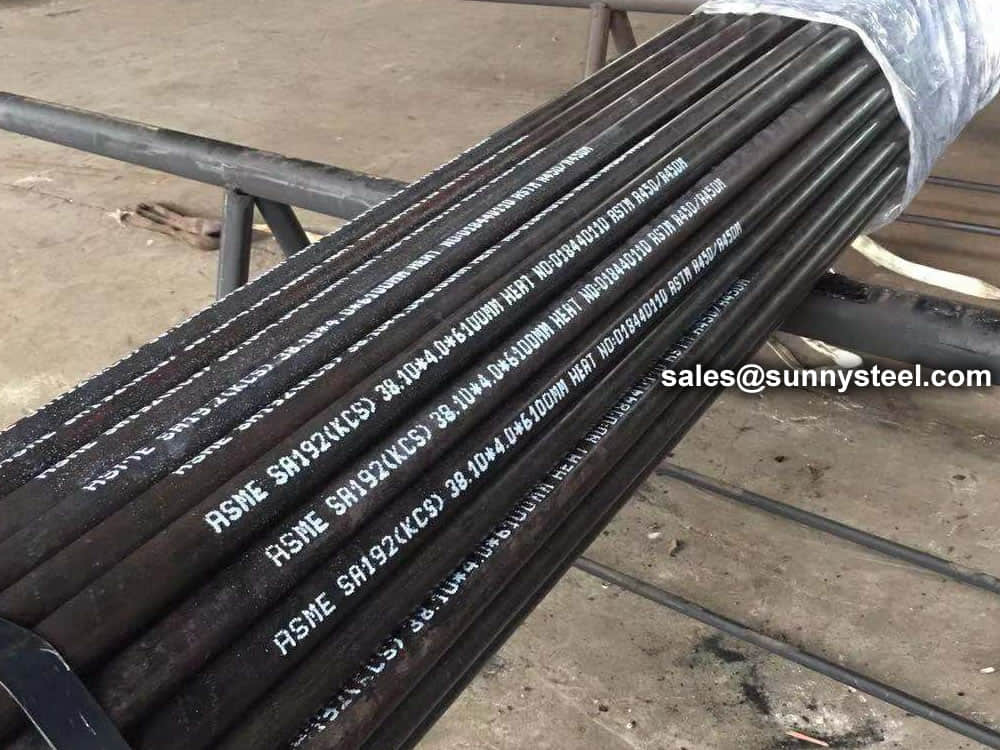
The ASTM A 192M / ASME SA-192M belongs to the carbon seamless tubes, which is specially designed for high, middle, low pressure purpose in seamless carbon steel boilers and as super heater tubes.
ASTM A192 High-pressure Steel Boiler Tube specification covers seamless carbon steel boiler tubes for high-pressure service. Recommended pipe size will be developed by us upon receipt of your inquiry. A print or sketch of the part to be produced should be included. Grade, chemical analysis and surface condition are carefully considered, and production processes are tailored to achieve the best tubing for the end use.
The ASTM A192 High-pressure Steel Boiler Tube shall be made by the seamless process and shall be either hot-finished or cold-finished. Hot-finished tubes need not be heat treated. Cold-finished tube shall be heat treated after the final cold-finishing at a temperature of 1200°F [650°C] or higher.
ASME SA192 / ASTM A192 is a high pressure seamless carbon steel / manganese boiler tube used in super heaters, water wall panels, heat exchangers, condensers, marine application, refineries, paper pulping, petrochemical applications, pressure vessels, and general engineering applications. It is also used in coal, thermal and oil power generation plants.
ASTM A192 high-pressure steel boiler tubes are seamless carbon steel tubes designed for high-pressure applications in industrial boilers, superheaters, and heat exchangers. These tubes offer exceptional strength and durability, withstanding both high temperatures and pressures.
ASTM A192 high-pressure steel boiler tubes are the ideal solution for industrial applications that require tubes capable of withstanding high pressures and temperatures. Their seamless construction, reliable performance, and long-lasting durability make them a preferred choice for boilers, superheaters, and heat exchangers.
ASTM A192 is a standard for seamless carbon steel boiler and superheater tubes with minimum wall thickness for high-pressure applications. The standard is issued under the fixed designation A 192/A 192M. It is under the jurisdiction of ASTM Committee A01 on Steel.
ASTM A192 is generally used for high-pressure boilers with a working pressure that does not exceed 9.8Mpa. The tubes are available in hot rolled and cold drawn delivery states.
ASTM A192 Seamless Steel Tube is applied as minimum-wall-thickness, seamless carbon steel boiler and superheater tubes for high-pressure service.
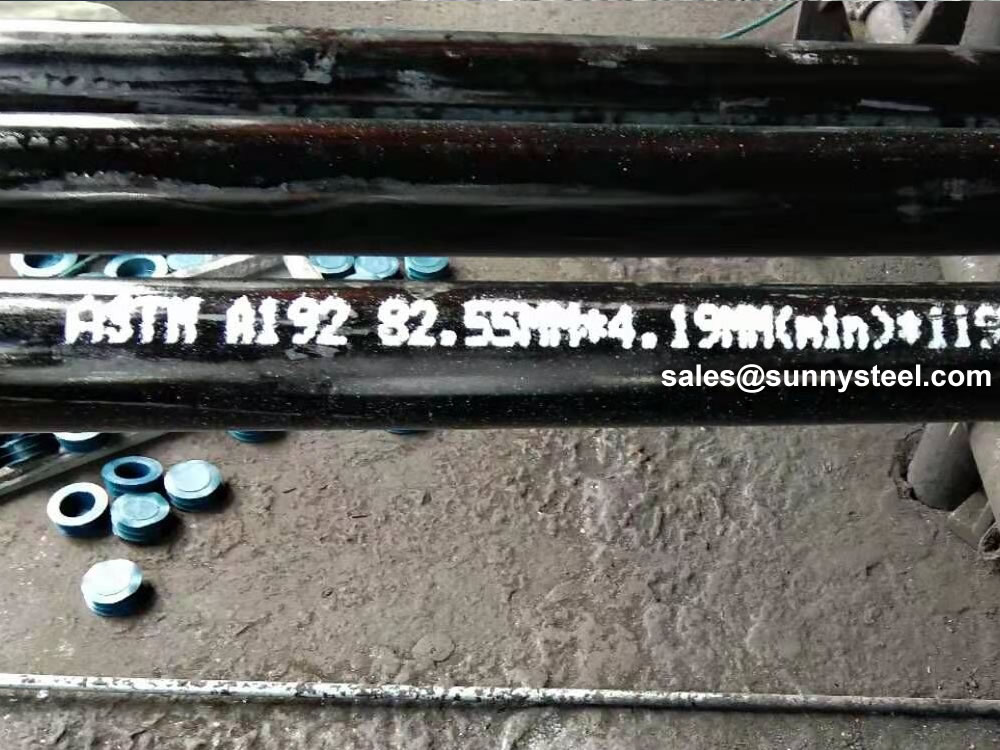
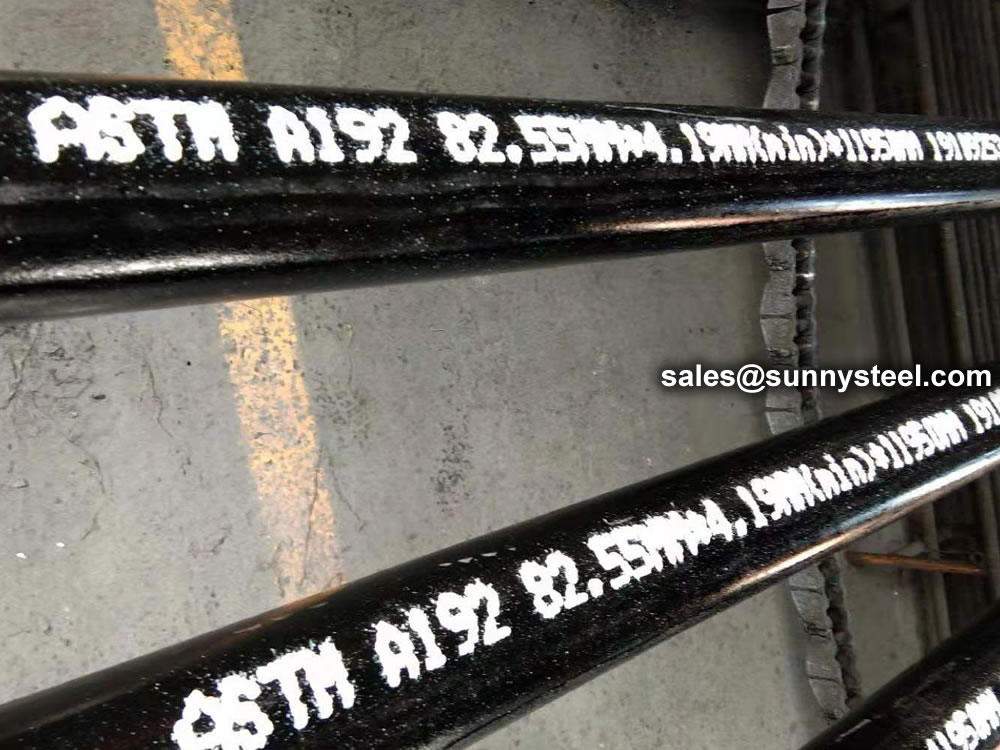
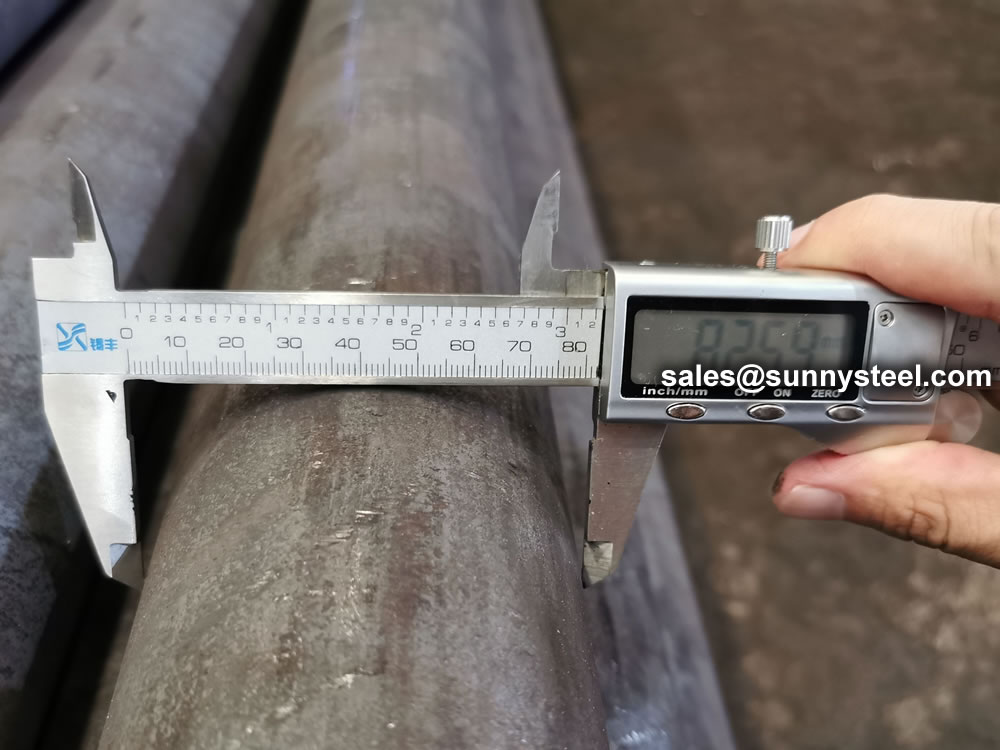
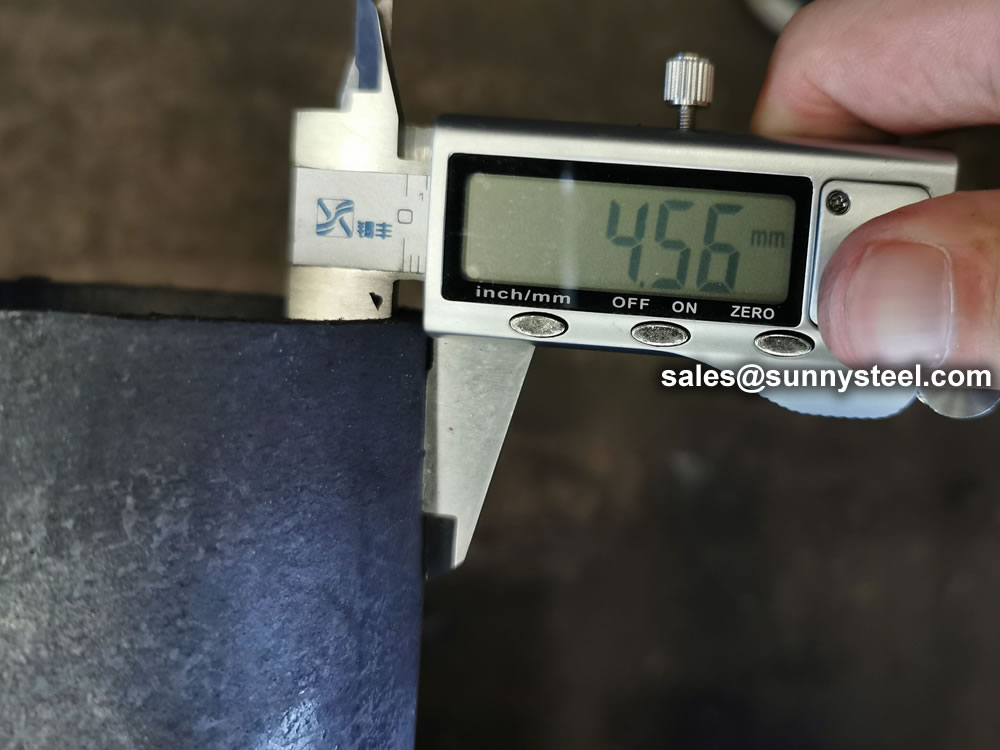
1.1 This specification2 covers minimum-wall-thickness, seamless carbon steel boiler and superheater tubes for high-pressure service.
1.2 The tubing sizes and thicknesses usually furnished to this specification are 1/2 in. to 7 in. [12.7 to 177.8 mm] outside diameter and 0.085 to 1.000 in. [2.2 to 25.4 mm], inclusive, in minimum wall thickness. Tubing having other dimensions may be furnished, provided such tubes comply with all other requirements of this specification.
1.3 Mechanical property requirements do not apply to tubing smaller than 1/8 in. [3.2 mm] inside diameter or 0.015 in. [0.4 mm] thickness.
1.4 The values stated in either inch-pound units or SI units are to be regarded separately as standard. Within the text, the SI units are shown in brackets. The values stated in each system are not exact equivalents; therefore, each system must be used independently of the other. Combining values from the two systems may result in nonconformance with the specification. The inch-pound units shall apply unless the “M” designation of this specification is specified in the order.
1.5 This international standard was developed in accordance with internationally recognized principles on standardization established in the Decision on Principles for the Development of International Standards, Guides and Recommendations issued by the World Trade Organization Technical Barriers to Trade (TBT) Committee.
| Element | Content, % |
|---|---|
| C | 0.06~0.18 |
| Mn | 0.27~0.63 |
| P | ≤0.035 |
| S | ≤0.035 |
| Si | ≤0.25 |
| Mechanical Property Requirements | Data |
|---|---|
| T.S. min ksi [MPa] |
47 [325] |
| Y.S. min ksi [MPa] |
26 [180] |
| El. in 2" min, % |
35 |
| Brinell Hardness max. HBW |
137 |
| Rockwell Hardness, max. HRBW |
77 |
The tensile strength and yield strength of the ASTM A192/ ASME SA-192 tube are 325 MPa and 180 MPa at room temperature, respectively.
*T.S.: tensile strength; *Y.S.: yield strength; *El.: elongation.
*The Brinell Hardness number applies to ASTM A192 tubes 0.200″ [5.1 mm] and over in wall thickness.
*The Rockwell Hardness number applies to ASTM A192 tubes less than 0.200″ [5.1 mm] in wall thickness.
*Mechanical properties don’t apply to tubing smaller than 1/8″ [3.2 mm] inside diameter or 0.015″ [0.4 mm] thickness.
Flattening test, flaring test, hardness test, hydrostatic test, and tension test.
ASTM A 192 boiler tube equivalent EN 10216-2, DIN 17175, BS 3059 Part II, NF A 49-213, NBR 5594 ASTM (American Society for Testing Materials standard) A192 and ASME (American Society of Mechanical Engineers standards) SA192. Equivalent Materials 1010, St35.8, 360. FASTWELL has standard specifications for minimum-wall-thickness, seamless carbon steel boiler and super heater tubes for high-pressure service.
| Grade | ASTM A192 / ASME SA192 | |
|---|---|---|
| UNS No | K01201 | |
| Old British | BS | CFS 320 |
| German | No | 17175 |
| Number | 1.0305 | |
| Belgian | 837 | |
| Japanese JIS | D3563 / G3461 | |
| French | A49-213 | |
| Italian | 5462 | |
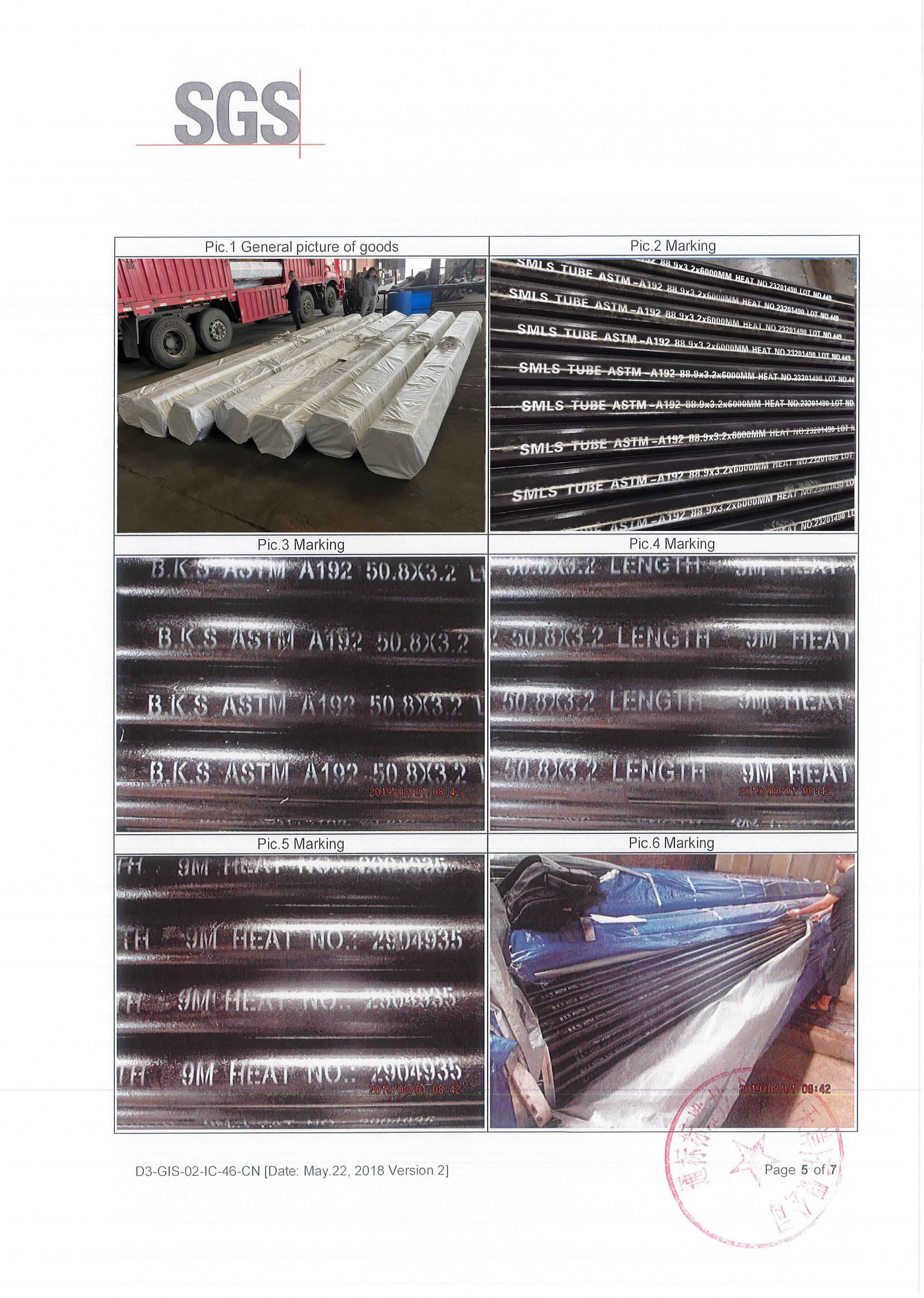
Maximum working pressure of ASTM A192 Tube at temperature 400°F, The dimensions - outside pipe diameters and wall thicknesses are according ANSI B36.10.
| Maximum Allowable Pressure (psi) | ||||||||||||||
|---|---|---|---|---|---|---|---|---|---|---|---|---|---|---|
| NPS | Outside Diameter | Schedule | ||||||||||||
| (in) | (in) | 10 | 20 | 30 | STD | 40 | 60 | XS | 80 | 100 | 120 | 140 | 160 | XXS |
| 1/4 | 0.54 | 7985 | 7985 | 10798 | 10798 | |||||||||
| 3/8 | 0.675 | 6606 | 6606 | 9147 | 9147 | |||||||||
| 1/2 | 0.84 | 6358 | 6358 | 8575 | 8575 | 10908 | 17150 | |||||||
| 3/4 | 1.05 | 5273 | 5273 | 7187 | 7187 | 10220 | 14373 | |||||||
| 1 | 1.315 | 4956 | 4956 | 6670 | 6670 | 9316 | 13340 | |||||||
| 1 1/4 | 1.66 | 4133 | 4133 | 5638 | 5638 | 7380 | 11276 | |||||||
| 1 1/2 | 1.9 | 3739 | 3739 | 5158 | 5158 | 7247 | 10316 | |||||||
| 2 | 2.375 | 3177 | 3177 | 4498 | 4498 | 7097 | 8995 | |||||||
| 2 1/2 | 2.875 | 3460 | 3460 | 4704 | 4704 | 6391 | 9408 | |||||||
| 3 | 3.5 | 3024 | 3024 | 4200 | 4200 | 6132 | 8400 | |||||||
| 3 1/2 | 4 | 2769 | 2769 | 3896 | 3896 | |||||||||
| 4 | 4.5 | 2581 | 2581 | 3670 | 3670 | 4769 | 5782 | 7339 | ||||||
| 5 | 5.563 | 2273 | 2273 | 3303 | 3303 | 4404 | 5505 | 6606 | ||||||
| 6 | 6.625 | 2071 | 2071 | 3195 | 3195 | 4157 | 5318 | 6390 | ||||||
| 8 | 8.625 | 1420 | 1574 | 1829 | 1829 | 2307 | 2841 | 2841 | 3375 | 4085 | 4613 | 5147 | 4971 | |
| 10 | 10.75 | 1140 | 1399 | 1664 | 1664 | 2279 | 2279 | 2708 | 3277 | 3847 | 4558 | 5128 | 4558 | |
| 12 | 12.75 | 961 | 1268 | 1441 | 1560 | 2160 | 1922 | 2644 | 3244 | 3843 | 4324 | 5042 | 3843 | |
| 14 | 14 | 875 | 1092 | 1313 | 1313 | 1533 | 2079 | 1750 | 2625 | 3283 | 3829 | 4375 | 4921 | |
| 16 | 16 | 766 | 956 | 1148 | 1148 | 1531 | 2009 | 1531 | 2585 | 3157 | 3733 | 4404 | 4882 | |
| 18 | 18 | 681 | 849 | 1192 | 1021 | 1530 | 2042 | 1361 | 2553 | 3147 | 3743 | 4252 | 4848 | |
| 20 | 20 | 613 | 919 | 1225 | 919 | 1455 | 1989 | 1225 | 2526 | 3138 | 3675 | 4288 | 4824 | |
| 22 | 22 | 557 | 835 | 1114 | 835 | 1949 | 1114 | 2506 | 3063 | 3619 | 4176 | 4733 | ||
| 24 | 24 | 510 | 766 | 1147 | 766 | 1405 | 1978 | 1021 | 2489 | 3126 | 3700 | 4210 | 4786 | |
| 30 | 30 | 510 | 817 | 1021 | 613 | 817 | ||||||||
| 32 | 32 | 478 | 766 | 957 | 574 | 1054 | ||||||||
| 34 | 34 | 450 | 721 | 901 | 540 | 992 | ||||||||
| 36 | 36 | 425 | 681 | 851 | 510 | 1021 | ||||||||
| 42 | 42 | 583 | 729 | 438 | 875 | |||||||||
The ASTM A192/ASME SA192 standard is applicable to seamless carbon steel pipes used for boilers and superheaters in high-pressure environments, with a focus on meeting the minimum wall thickness necessary for these applications.
ASTM A 192 boiler tube equivalent EN 10216-2, DIN 17175, BS 3059 Part II, NF A 49-213, NBR 5594 ASTM (American Society for Testing Materials standard) A192 and ASME (American Society of Mechanical Engineers standards) SA192. Equivalent Materials 1010, St35.
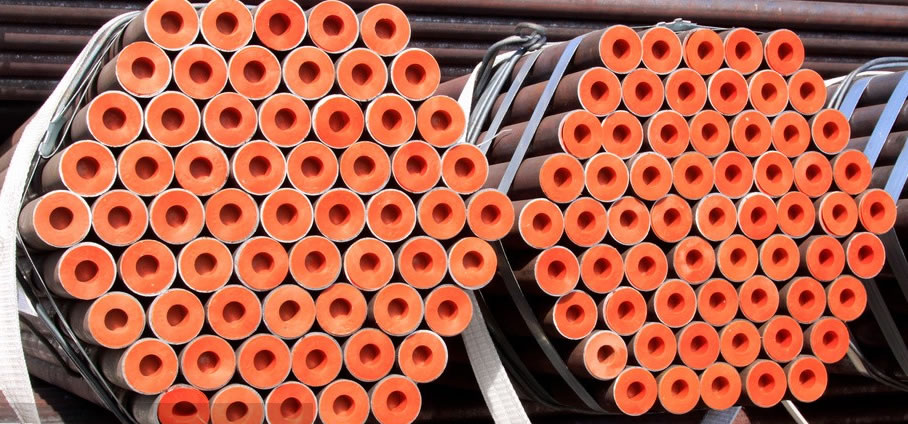
American Standard A192/SA192 Seamless Carbon Steel Boiler and Superheater Tubes for High Pressure Minimum Wall Thicknesses

Affordable High-Pressure Boiler Tube ASTM A192 /SA192 Carbon Steel Seamless Pipe
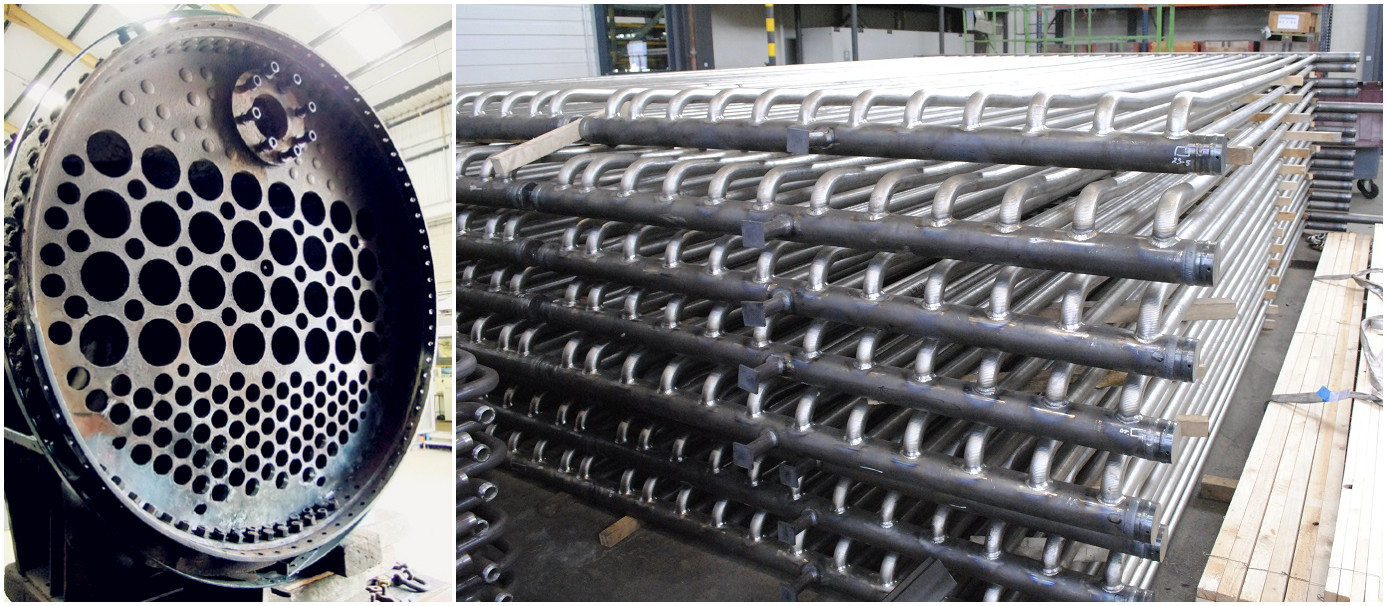
Our ASTM A192 High-pressure Steel Boiler Tube are widely used in various industries due to their excellent properties and performance. Some of the key industries and applications where ASTM A192 tubes find extensive use include:
With years of expertise, we provide a diverse array of steel tube processing options. From sawing and machining tube blanks to intricate bending and upsetting operations, we actively assist you throughout your projects.
Our capabilities extend to eccentricity reduction and concentricity enhancement through turning and grinding. We excel in creating complex geometries using processes like rotary swaging and axial forming. Additionally, we offer property modifications via partial heat treatment, ensuring tailored solutions for your specific needs.
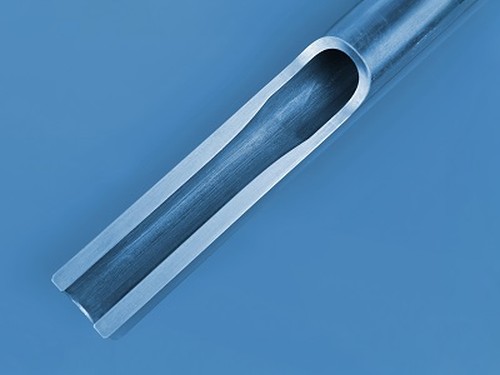
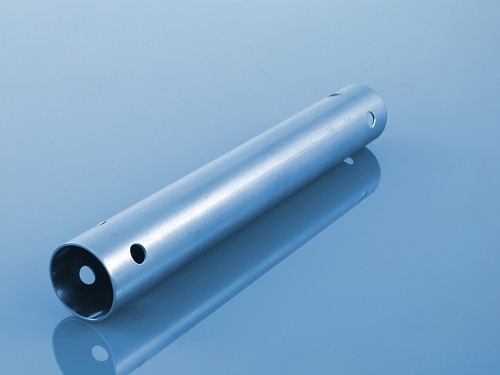
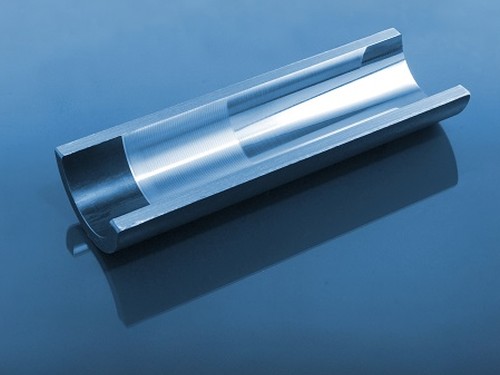
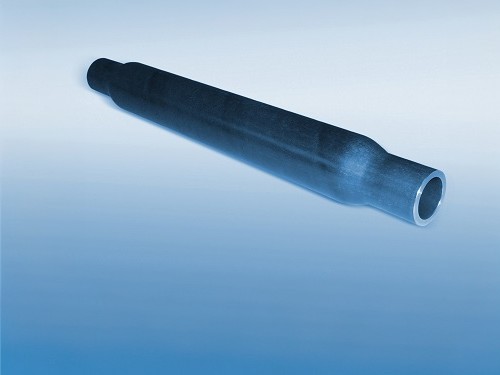

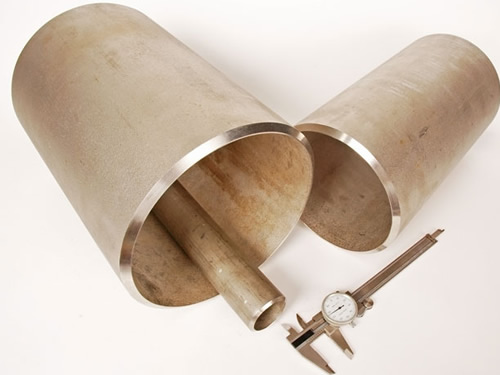
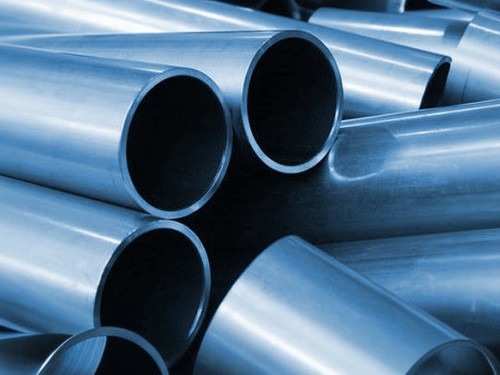
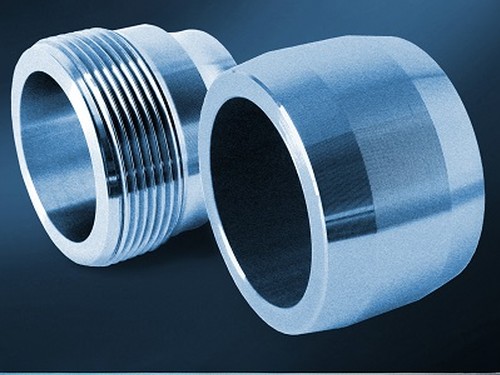
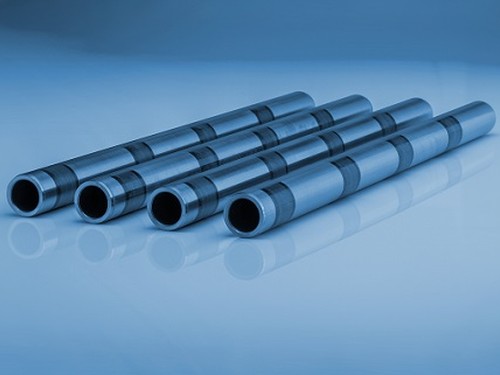
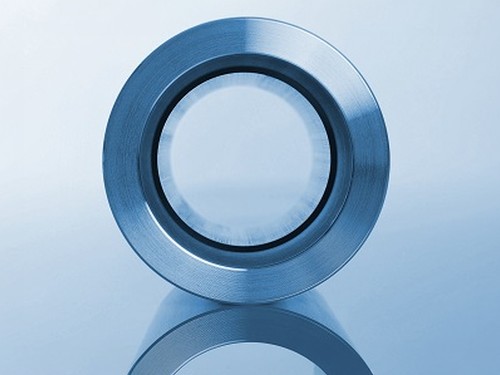
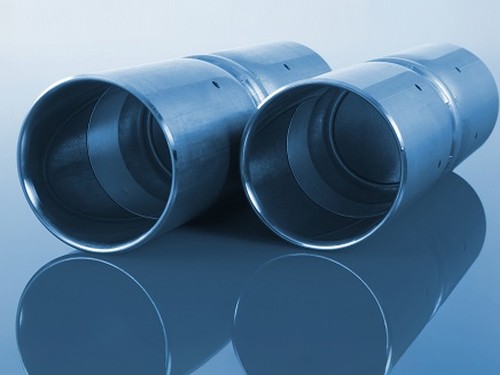


Alloy steel pipes are ideally suitable for chemical, petrochemicals, and other energy-related applications.
The alloy steel pipe adopts high quality carbon steel, alloy structural steel and stainless & heat resisting steel as raw material through hot rolling or cold drawn to be made.
Alloy steel can be used in process area where carbon steel has limitation such as
As an important element of steel products, alloy steel pipe can be divided into seamless steel pipe and welded steel pipe according to the manufacturing technique and tube billet shape.
Here you can see the common alloy steel grade that you will come across.
There are many kinds of materials used for transport in industrial production. Specifically we will have more choices and it is not limited to the use of alloy steel pipe. But even in the face of more choices, many people tend to choose alloy steel pipe. People make their own choices will have their own reasons. This means the alloy steel pipe application has its own advantages. Compared with transmission lines made of other materials, after it meets the basic application requirements, its quantity is lighter. Then in the practical application of alloy steel pipe, it will have more advantages because of this. Besides its physical characteristic advantage, it also has economic advantages. The wide application of alloy steel pipe is with kinds of reasons. So in practical usage, we can exploit the advantages to the full, in this way can we get more profits in these applications of alloy steel pipe.
The transportation of kinds of gases or liquids in production needs to rely on alloy steel pipe. This shows that the actual role of alloy steel pipe application is important. High temperature resistant and low temperature resistant is the tolerance of temperature. In the practical application of alloy steel pipe, there will be many materials need to be transported. However their temperatures are not the same. So this can be the basic requirement to alloy steel pipe. It needs more corrosion resistance. Corrosion resistant material is the best material during transporting, because it is corrosion resistant. So it can be used in more occasions. And it is definitely very convenient for users.
Can be 100% recycled, environmentally friendly, energy-saving, resource conservation, national strategy, national policy to encourage the expansion of the field of application of high-pressure alloy pipe. Of alloy steel pipe total consumption accounted steel in the proportion is only half of the developed countries, to expand the field of use of the alloy steel pipe to provide a wider space for the development of the industry. The future needs of the average annual growth of China’s high-pressure alloy steel pipe long products up to 10-12%.
Alloy Steel pipe contains substantial quantities of elements other than carbon such as nickel, chromium, silicon, manganese, tungsten, molybdenum, vanadium and limited amounts of other commonly accepted elements such as manganese, sulfur, silicon, and phosphorous.
Our team of experienced sales specialists proudly partners with gas and chemical processors, power generation plants, oil refineries, and related industries to offer piping components and value-added services.
The biggest advantages of alloy steel pipe can be 100% recycled, environmentally friendly, energy-saving, resource conservation, national strategy, national policy to encourage the expansion of the field of application of high-pressure alloy pipe. Of alloy tube total consumption accounted steel in the proportion is only half of the developed countries, to expand the field of use of the alloy tube to provide a wider space for the development of the industry. According to the Chinese Special Steel Association alloy pipe Branch Expert Group, the future needs of the average annual growth of China’s high-pressure alloy pipe long products up to 10-12%.
Chemical composition inspection, mechanical properties test(tensile strength,yield strength, elongation, flaring, flattening, bending, hardness, impact test), surface and dimension test,no-destructive test, hydrostatic test.
identification of the chemical composition of the metal used to manufacture the fitting. Uses PMI sensors, including X-ray fluorescence or optical emission spectrometry.
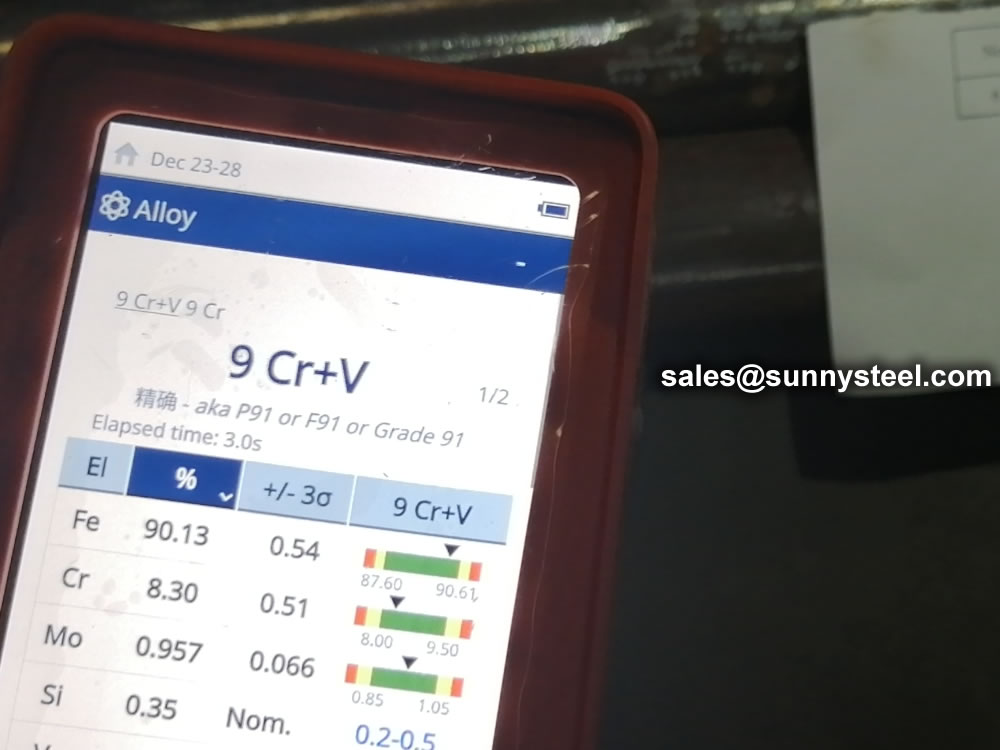
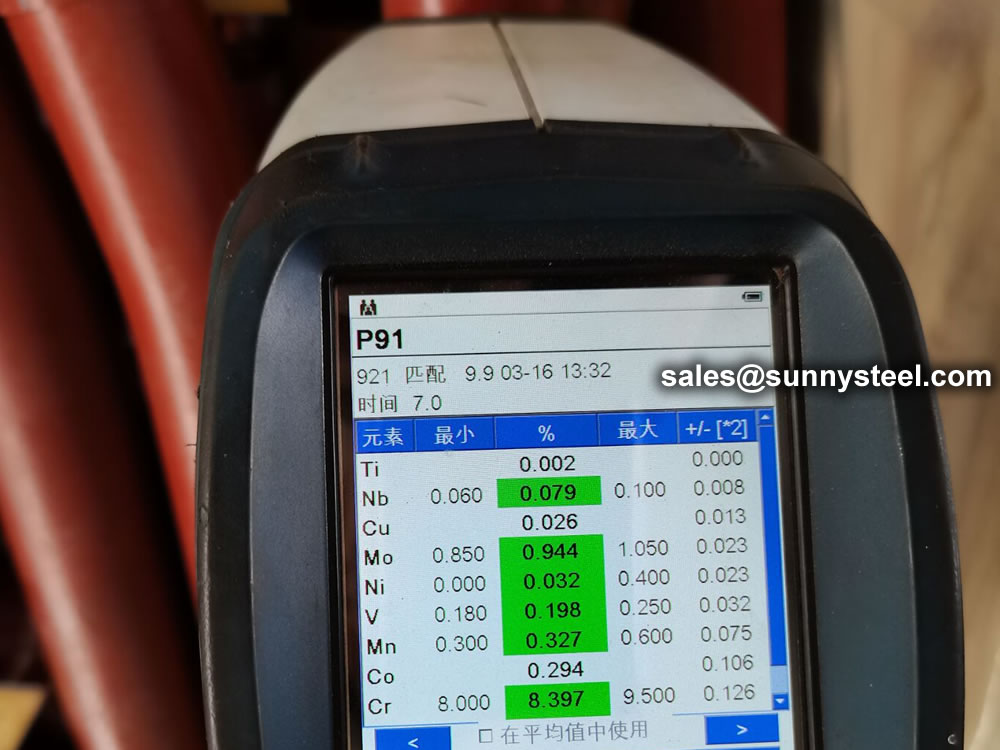
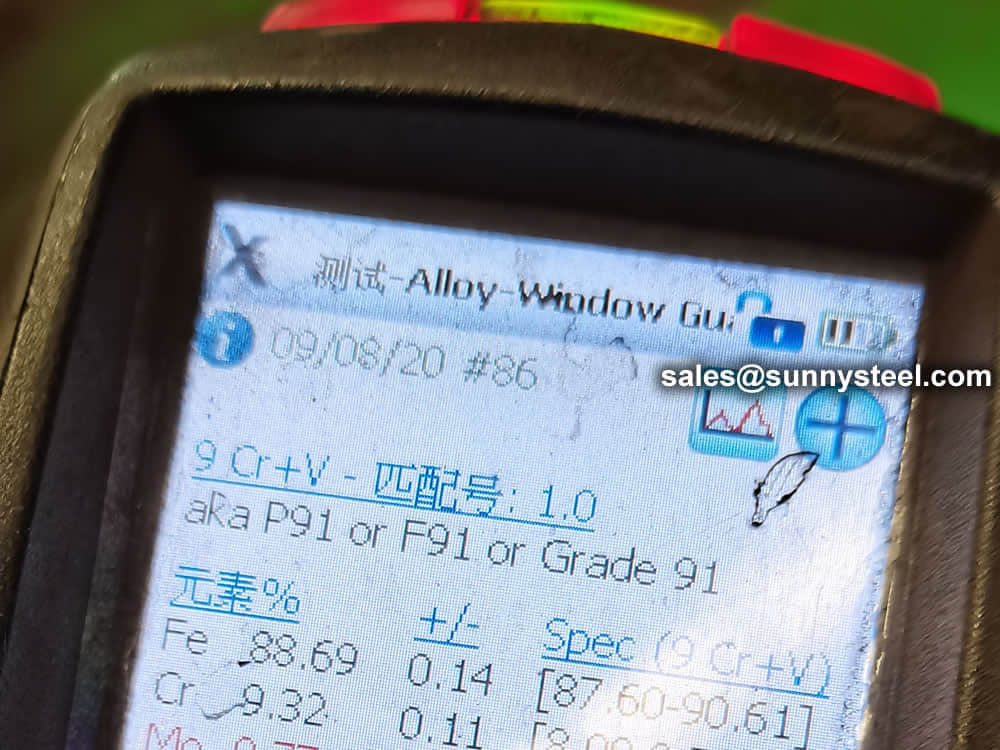
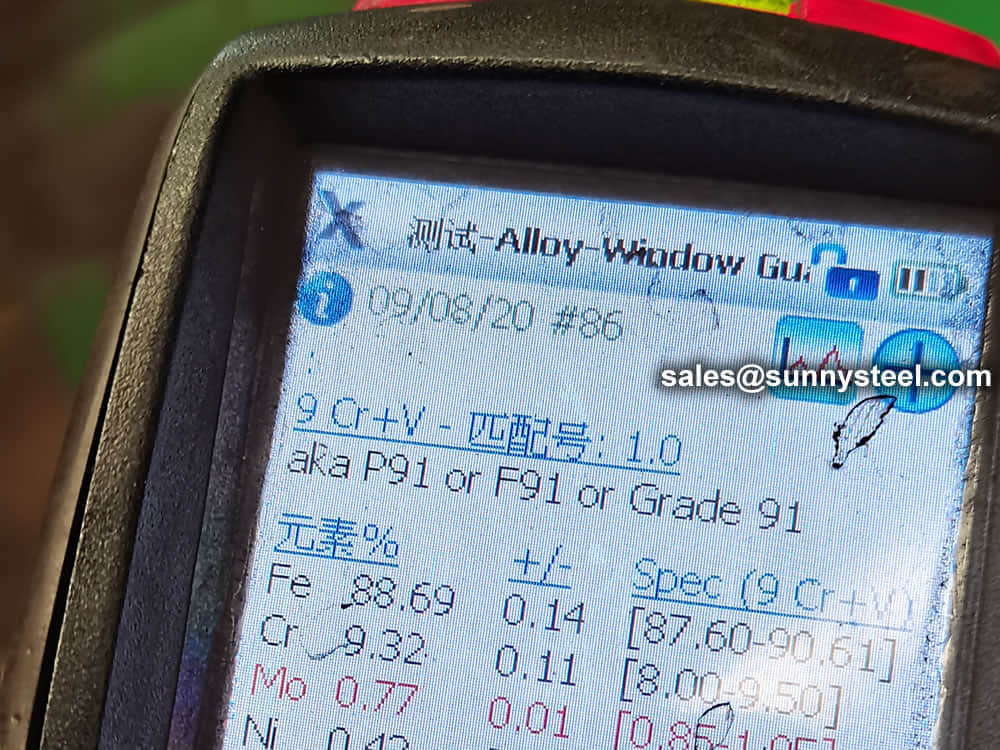
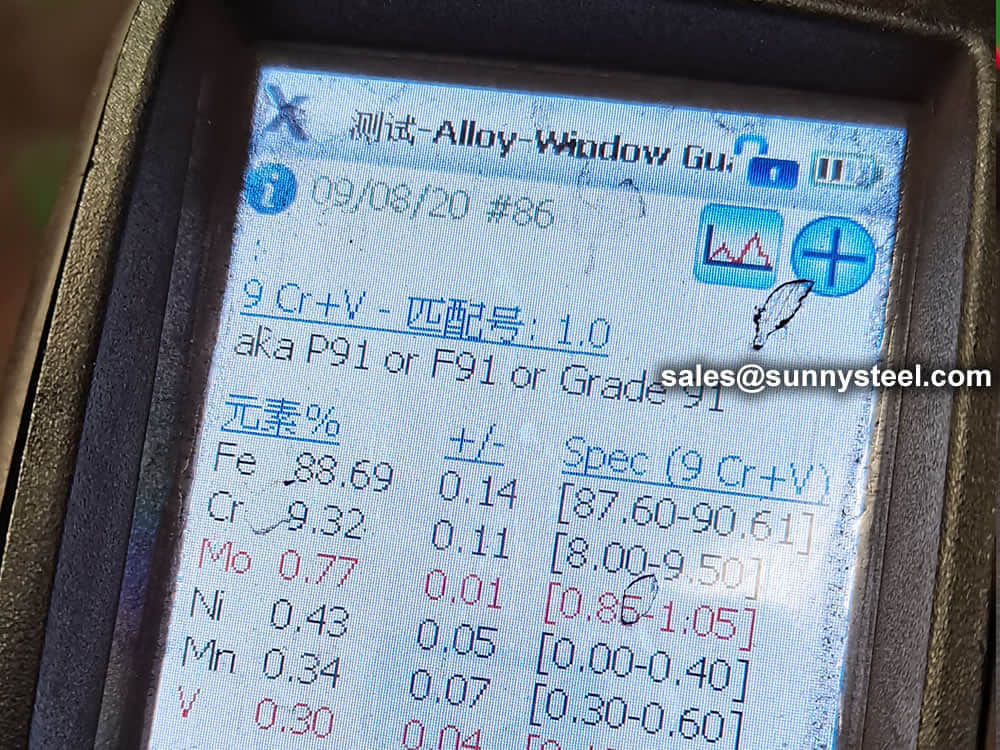

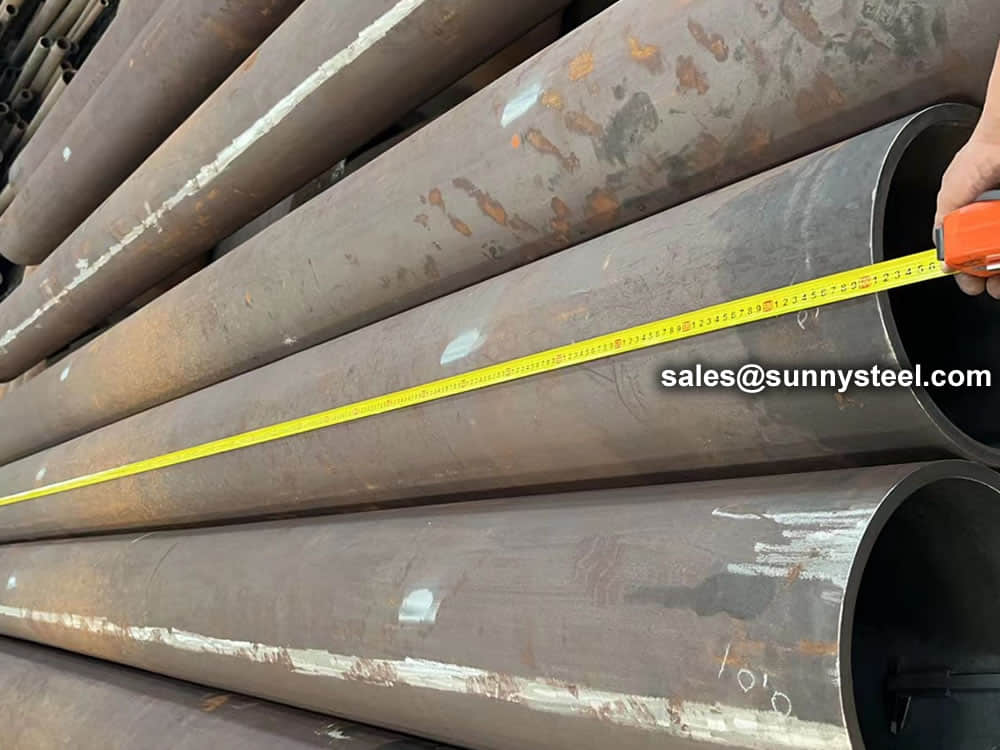
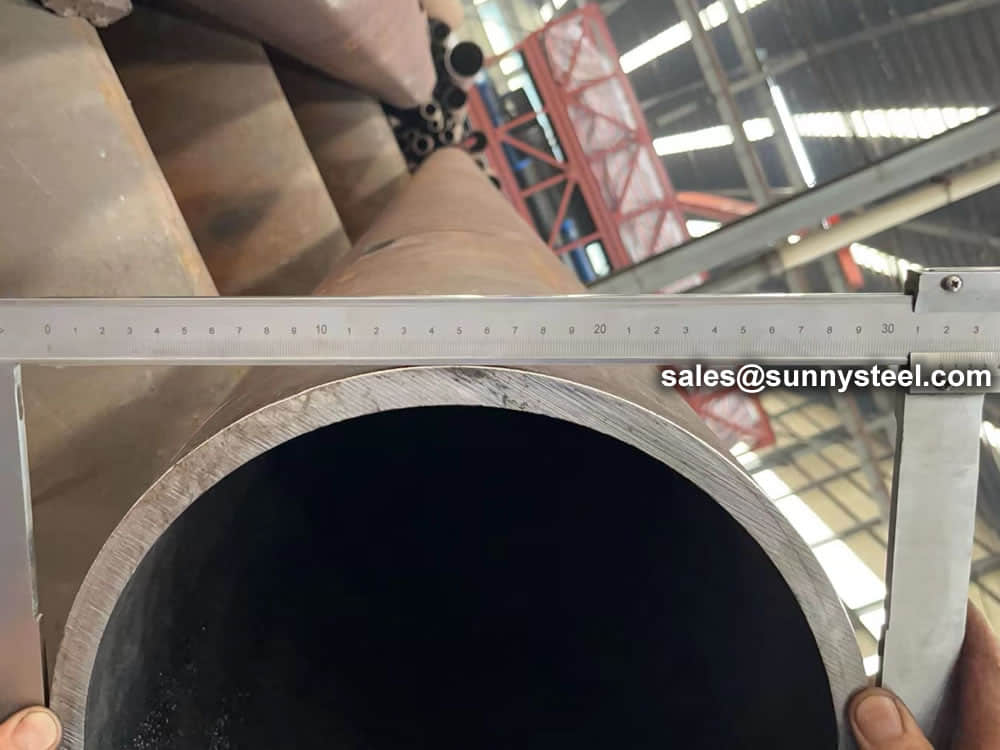
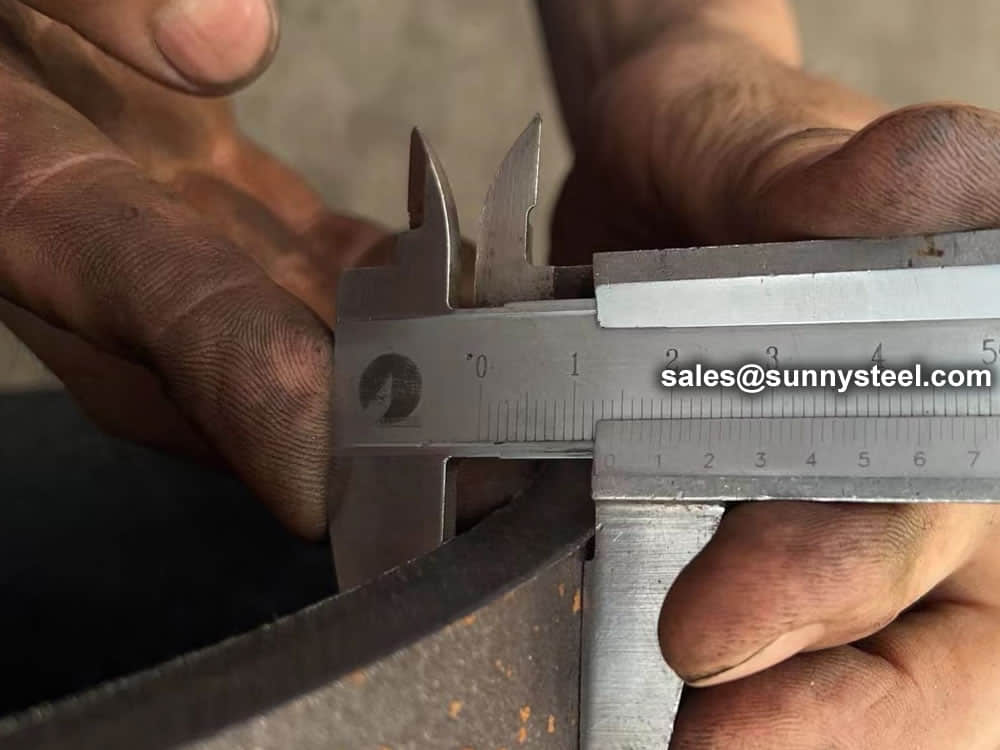
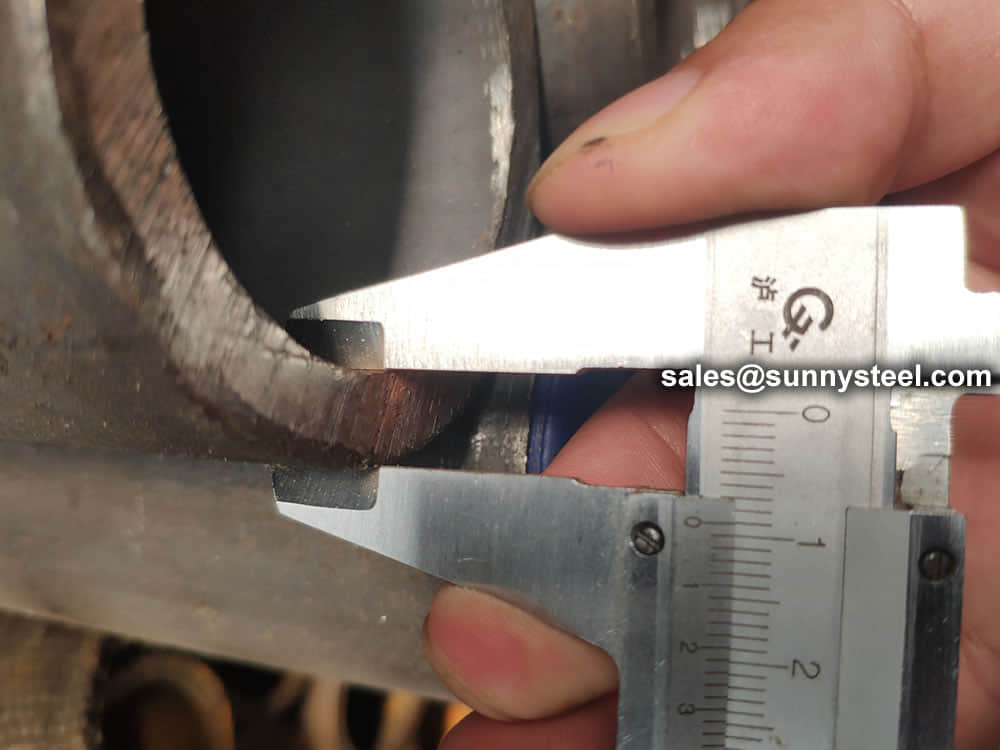
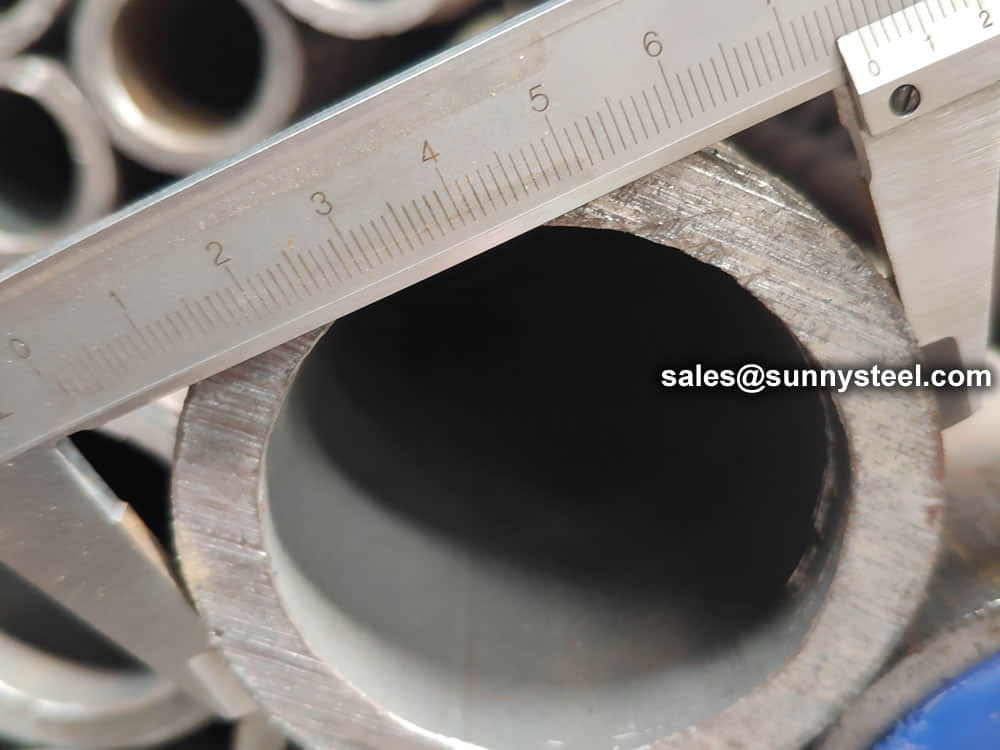
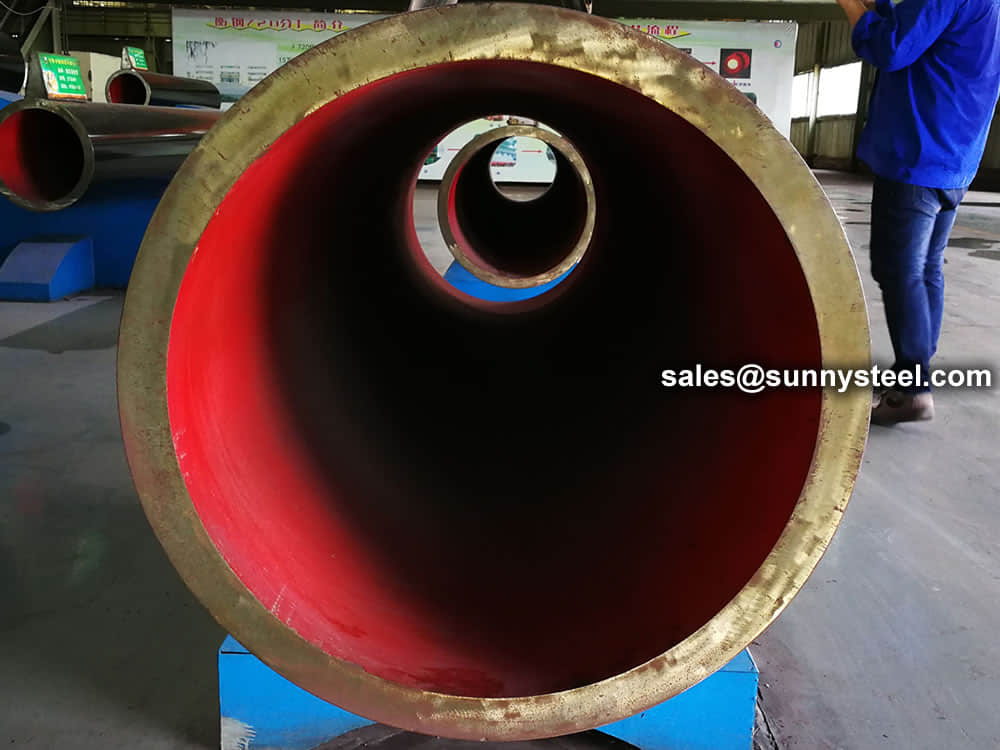
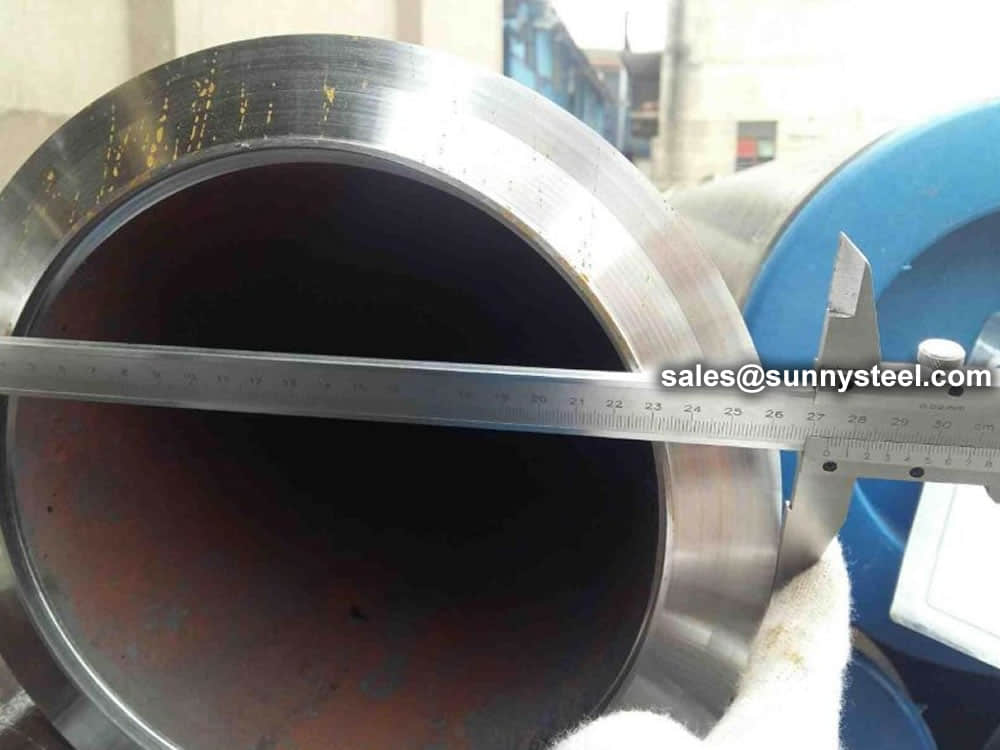
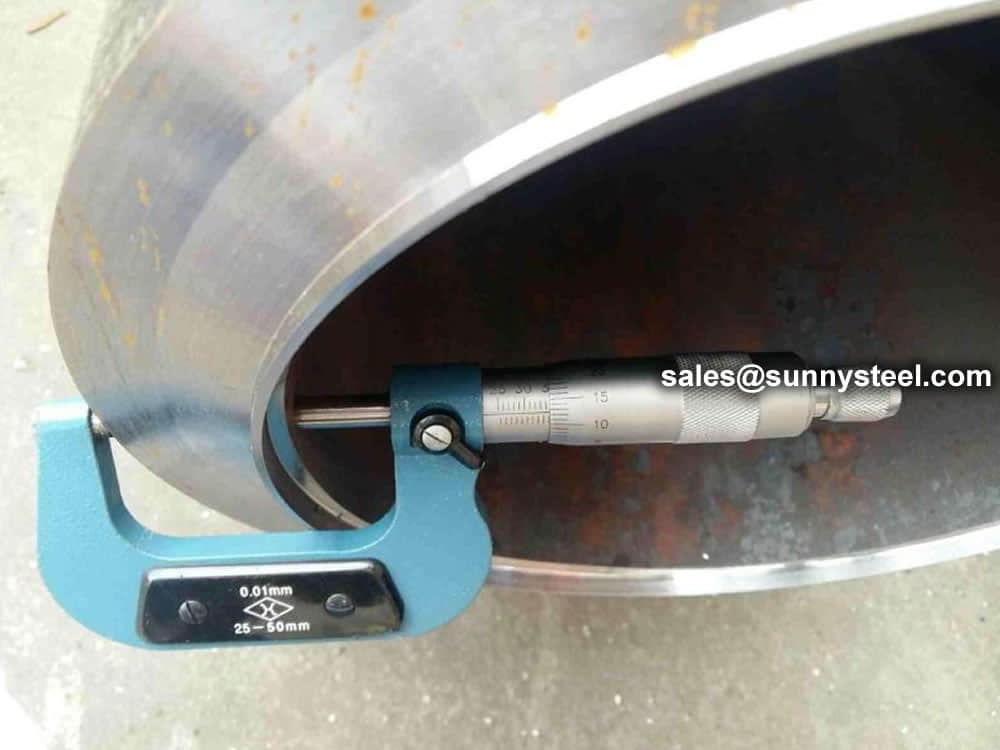
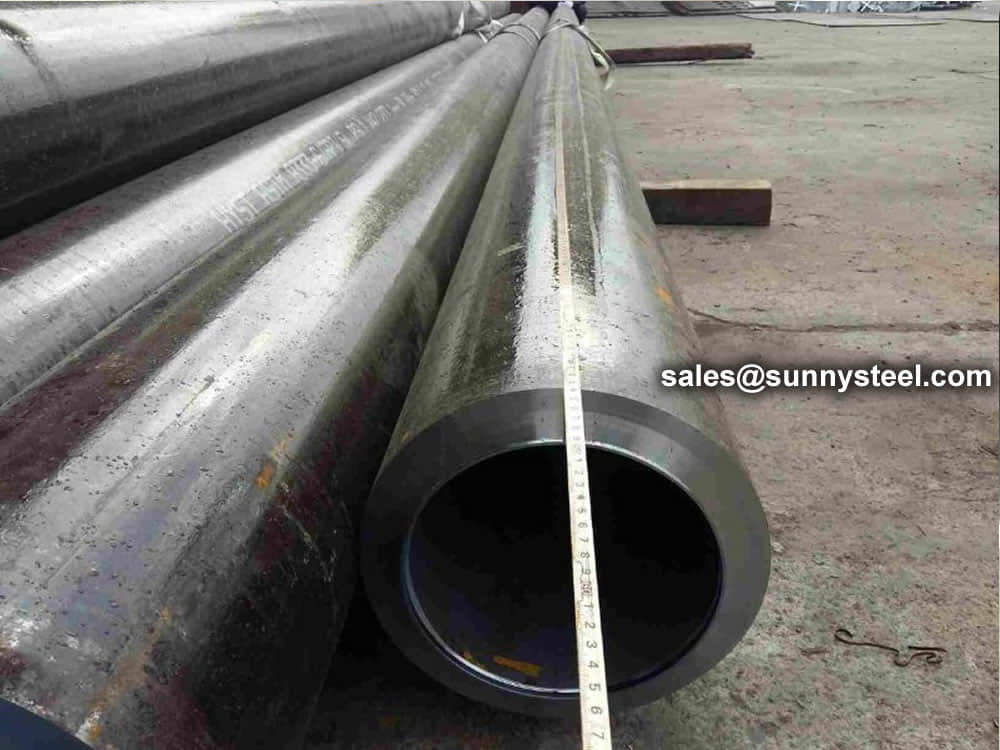
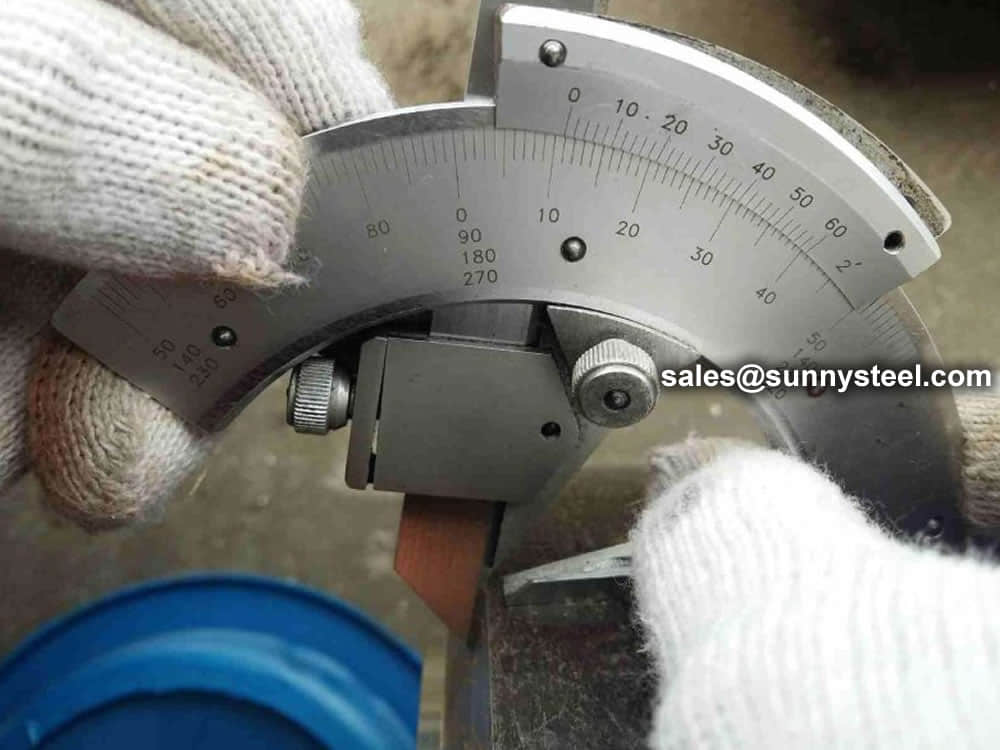
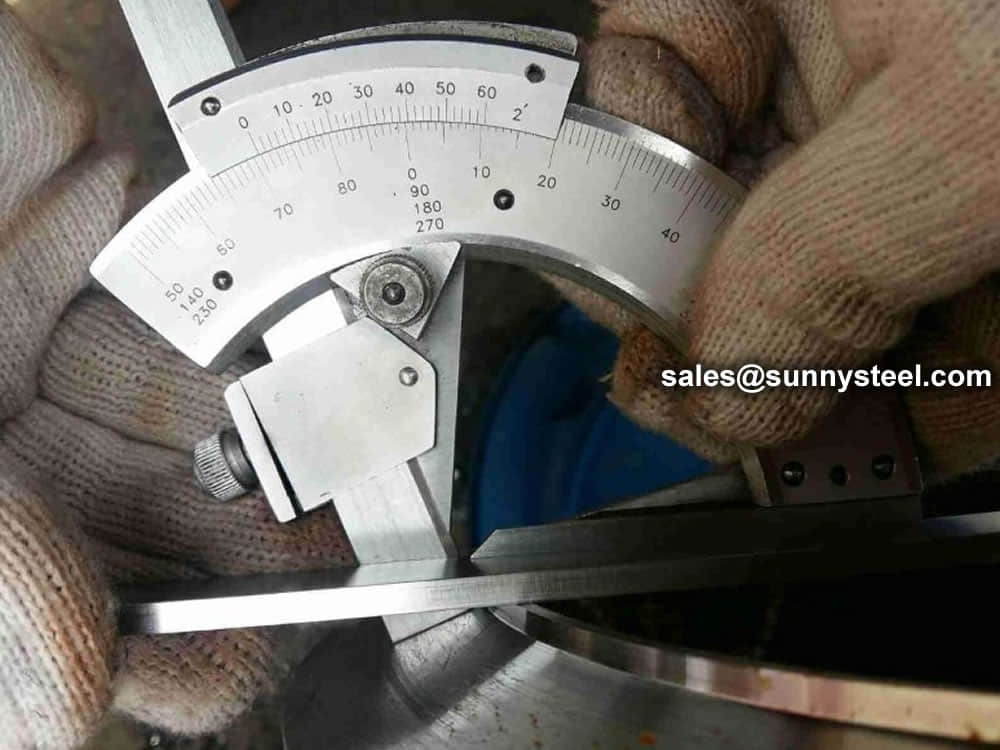
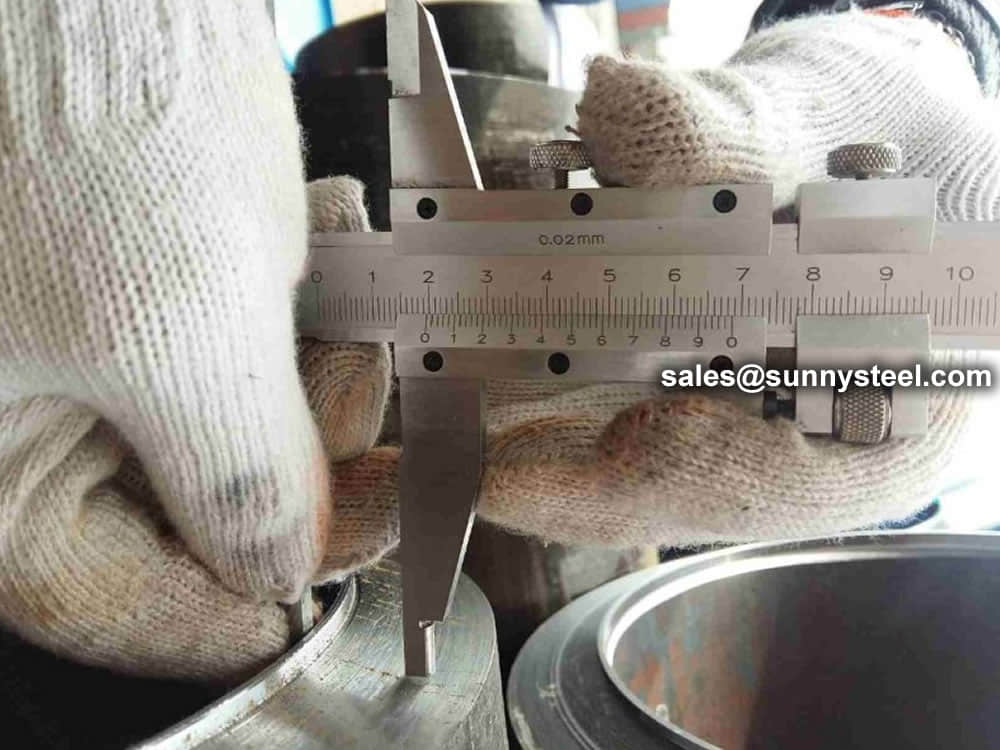
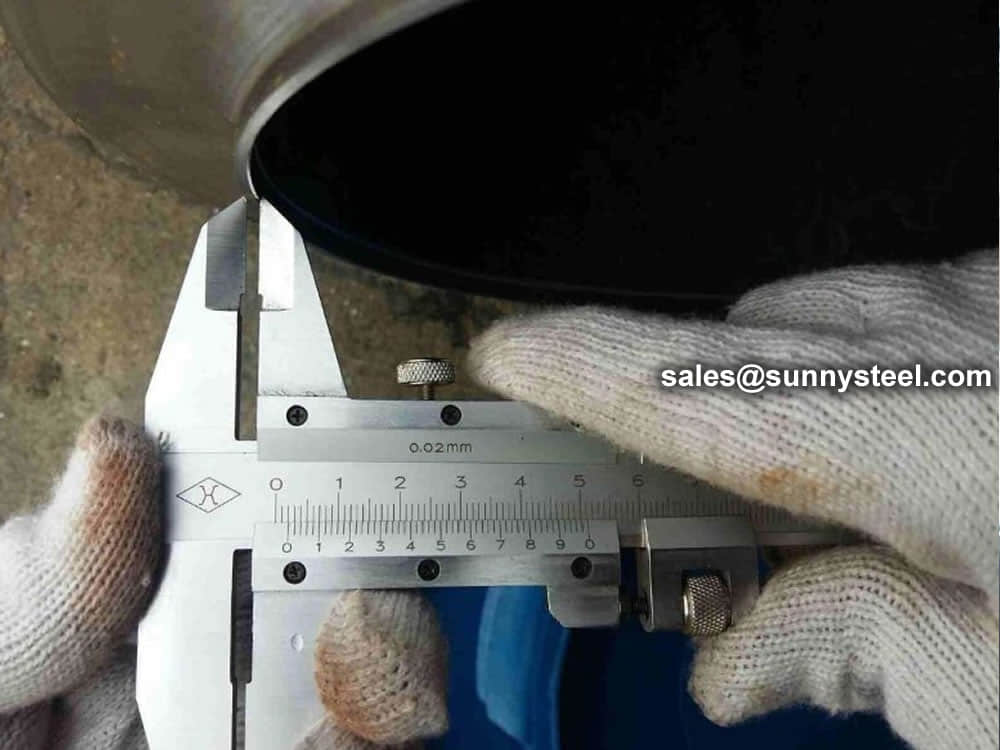
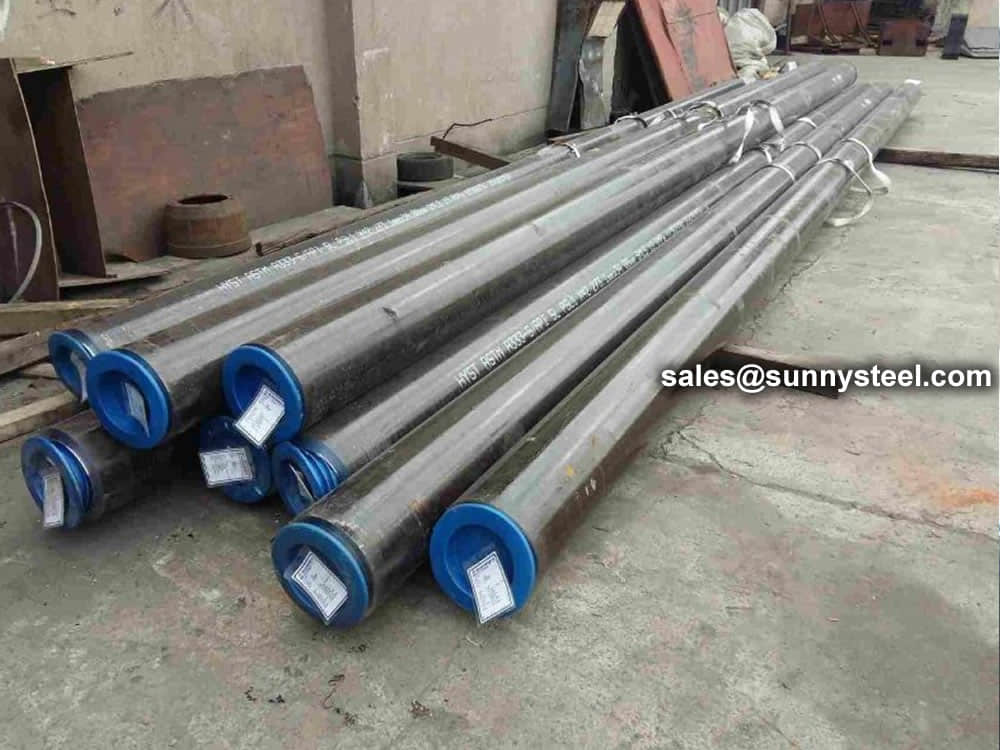
Steel pipe delivery status(condition): cold / hard (BK), cold / soft (BKW), after cold stress relief annealing (BKS), annealing (GBK), normalized (NBK).
| Term | Symbol | Explanation |
|---|---|---|
| Cold-finished/hard (cold-finished as-drawn) | BK | No heat treatment after the last cold-forming process. The tubes therefore have only low deformability. |
| Cold-finished/soft (lightly cold-worked) | BKW | After the last heat treatment there is a light finishing pass (cold drawing) With proper subsequent processing, the tube can be cold-formed (e.g. bent, expanded) within certain limits. |
| Annealed | GBK | After the final cold-forming process the tubes are annealed in a controlled atmosphere or under vacuum. |
| Normalized | NBK | The tubes are annealed above the upper transformation point in a controlled atmosphere or under vacuum. |

The general cold strip mills, volume should go through continuous annealing (CAPL unit) to eliminate cold hardening and rolling stress, or batch annealing reach the mechanical properties of the corresponding standard specifies. Cold rolled steel surface quality, appearance, dimensional accuracy better than hot-rolled plate, and right-rolled thin product thickness is about 0.18mm, so the majority of users favor.
Cold rolled steel coil substrate products deep processing of high value-added products. Such as electro-galvanized, hot dip galvanized, electro-galvanized fingerprint resistant, painted steel roll damping composite steel, PVC laminating steel plates, etc., so that the excellent quality of these products has a beautiful, high resistance to corrosion, has been widely used.
Cold rolled steel coil finishing after annealing, cut the head, tail, trimming, flattening, smooth, heavy volume, or longitudinal clipboard. Cold-rolled products are widely used in automobile manufacturing, household electrical appliances, instruments, switches, buildings, office furniture and other industries. Steel plate strapping package weight of 3 to 5 tons. Flat sub-volume typically 3 to 10 tons / volume. Coil diameter 6m.
Bare packing/bundle packing/crate packing/wooden protection at the both sides of tubes and suitably protected for sea-worthly delivery or as requested.
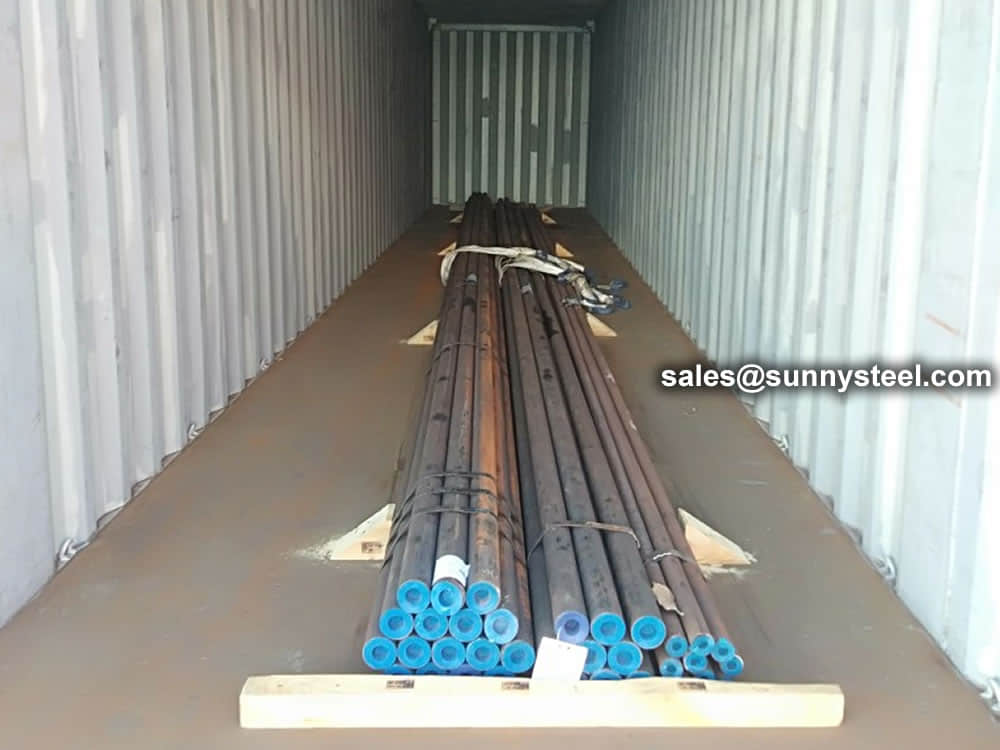
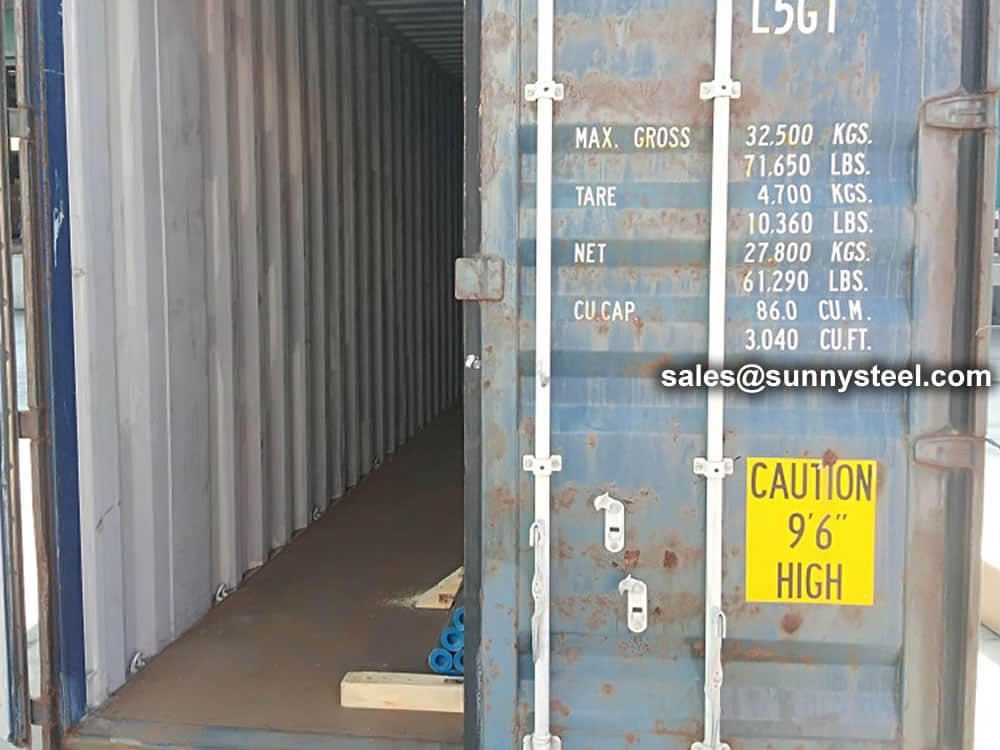
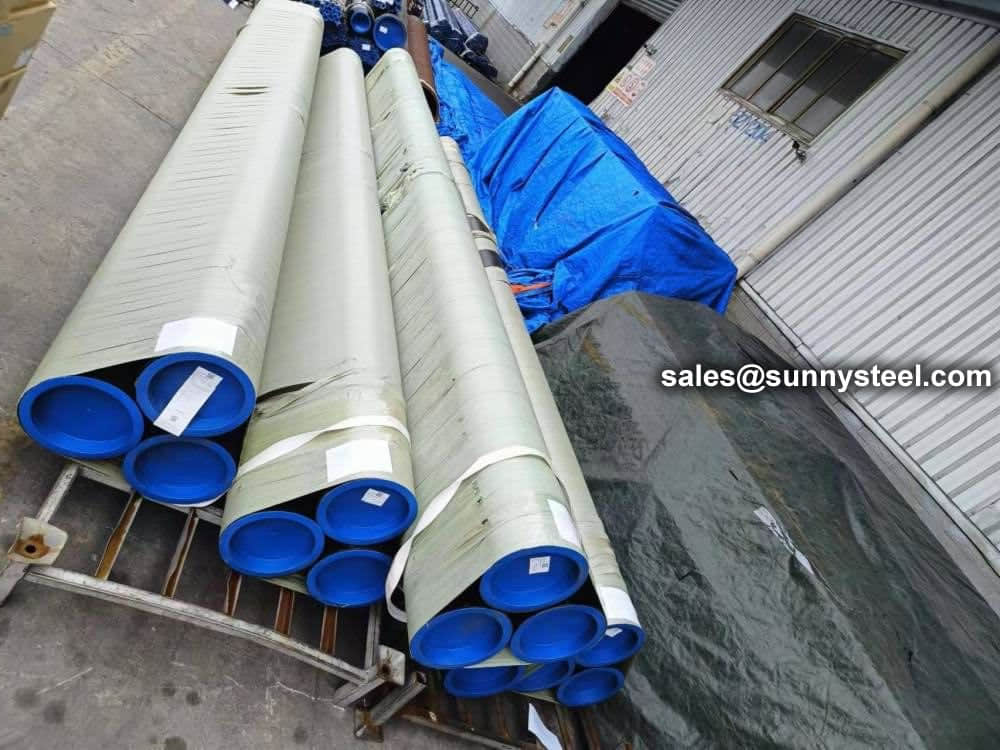









There are probably hundreds of different methods for packing a pipe, and most of them have merit, but there are two principles that are vital for any method to work prevent rusting and Sea transportation security.
Our packing can meet any needs of the customers.
Commonly used alloying elements and their effects are listed in the table given below.
| Alloying Elements | Effect on the Properties |
|---|---|
| Chromium | Increases Resistance to corrosion and oxidation. Increases hardenability and wear resistance. Increases high temperature strength. |
| Nickel | Increases hardenability. Improves toughness. Increases impact strength at low temperatures. |
| Molybdenum | Increases hardenability, high temperature hardness, and wear resistance. Enhances the effects of other alloying elements. Eliminate temper brittleness in steels. Increases high temperature strength. |
| Manganese | Increases hardenability. Combines with sulfur to reduce its adverse effects. |
| Vanadium | Increases hardenability, high temperature hardness, and wear resistance. Improves fatigue resistance. |
| Titanium | Strongest carbide former. Added to stainless steel to prevent precipitation of chromium carbide. |
| Silicon | Removes oxygen in steel making. Improves toughness. Increases hardness ability |
| Boron | Increases hardenability. Produces fine grain size. |
| Aluminum | Forms nitride in nitriding steels. Produces fine grain size in casting. Removes oxygen in steel melting. |
| Cobalt | Increases heat and wear resistance. |
| Tungsten | Increases hardness at elevated temperatures. Refines grain size. |

When you partner with Sunny Steel, you can stop worrying about meeting deadlines thanks to our responsive and timely service. You'll also say goodbye to unnecessary shopping around. Instead, you'll get white glove service from an expert who understands your needs and can get you the materials you need quickly.
